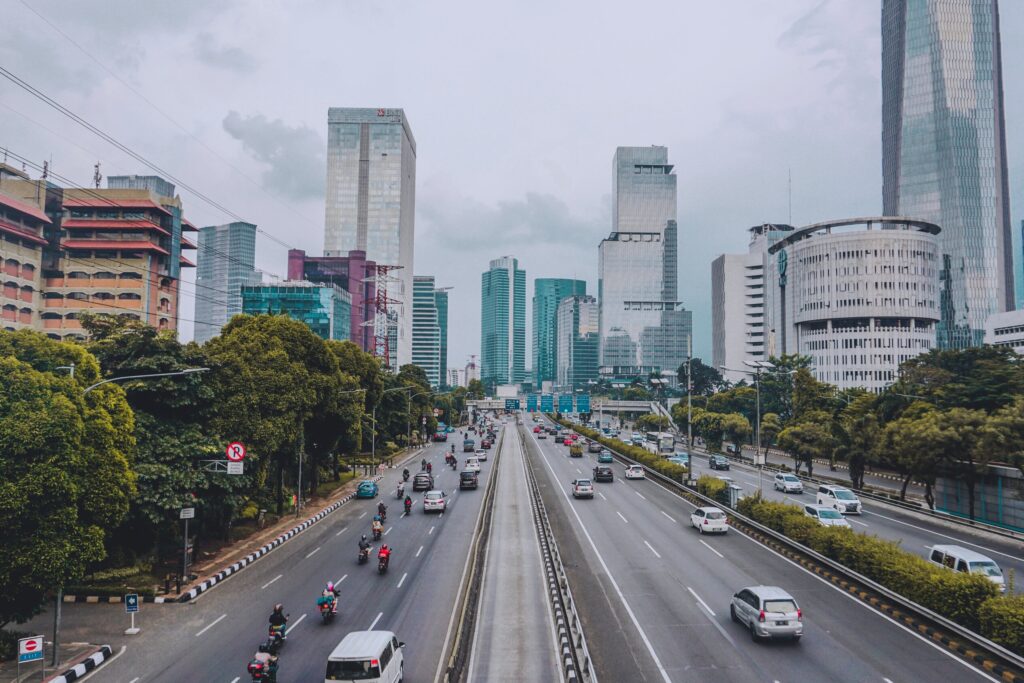Introduction:
Cosmetic surgery has a fascinating history that transcends borders, and Asia, particularly South Korea, has played a significant role in its evolution. From ancient beauty rituals to cutting-edge procedures, let’s embark on a journey of aesthetic time travel, exploring the unique contributions of Asia and South Korea to the world of cosmetic surgery.
Ancient Asian Beauty Traditions:
Asia boasts a rich heritage of beauty traditions that have influenced cosmetic surgery practices throughout history. From traditional Chinese medicine’s emphasis on holistic well-being to Ayurveda’s use of herbal remedies in India, ancient Asian civilizations laid the groundwork for the blending of natural elements with surgical techniques.
South Korea’s Emergence as a Global Leader:
In recent decades, South Korea has emerged as a global leader in cosmetic surgery, attracting patients from around the world seeking top-quality procedures. South Korean surgeons are renowned for their exceptional skill, meticulous attention to detail, and advanced techniques, making the country a preferred destination for aesthetic enhancement.
Korean Wave and Beauty Ideals:
The global phenomenon known as the Korean Wave, or Hallyu, has greatly influenced beauty standards and cosmetic surgery trends. South Korean entertainment industry icons have popularized specific facial features, such as the “V-line” jaw and double eyelids, leading to increased demand for procedures that emulate these desirable traits.
Innovations and Technological Advancements:
South Korea’s commitment to innovation has fueled breakthroughs in cosmetic surgery technologies. From advancements in minimally invasive procedures like thread lifting and fat grafting to the development of innovative skincare products and non-surgical treatments, South Korean researchers and practitioners continue to push the boundaries of aesthetic medicine.
Asia’s Unique Cultural Perspectives:
Cultural norms and beauty standards vary across Asia, and these perspectives shape the demand and perception of cosmetic surgery in different regions. Understanding the cultural context is crucial for tailoring procedures to meet the unique needs and desires of Asian patients, ensuring natural-looking results that complement their individual features.
The Rise of Medical Tourism in Asia:
Asia has become a hub for medical tourism, with patients from around the globe seeking cosmetic procedures in countries like South Korea, Thailand, and Singapore. The combination of skilled surgeons, state-of-the-art facilities, and competitive pricing has made these destinations attractive options for individuals seeking high-quality cosmetic surgery experiences.
Embracing Diversity and Individuality:
While trends and cultural influences play a role, Asia’s evolving approach to cosmetic surgery emphasizes celebrating diversity and individuality. Surgeons prioritize enhancing each patient’s unique features rather than promoting a standardized beauty ideal, fostering a sense of self-confidence and authenticity.
Looking Ahead:
Advancements and Future Possibilities: As Asia continues to lead the way in cosmetic surgery, future advancements hold immense promise. South Korean researchers and innovators are exploring areas like stem cell therapy, regenerative medicine, and AI-assisted procedures, propelling the field into new frontiers and further solidifying Asia’s position as a global epicenter of aesthetic excellence.
Conclusion:
The evolution of cosmetic surgery in Asia, particularly in South Korea, is a testament to the region’s rich heritage, technological advancements, and cultural influences. From ancient beauty traditions to modern innovations, Asia’s contributions have shaped the field, attracting patients worldwide. As Asia embraces diversity and celebrates individual beauty, cosmetic surgery continues to empower individuals to enhance their self-confidence and embrace their unique features, reflecting a harmonious blend of tradition, innovation, and cultural appreciation.
